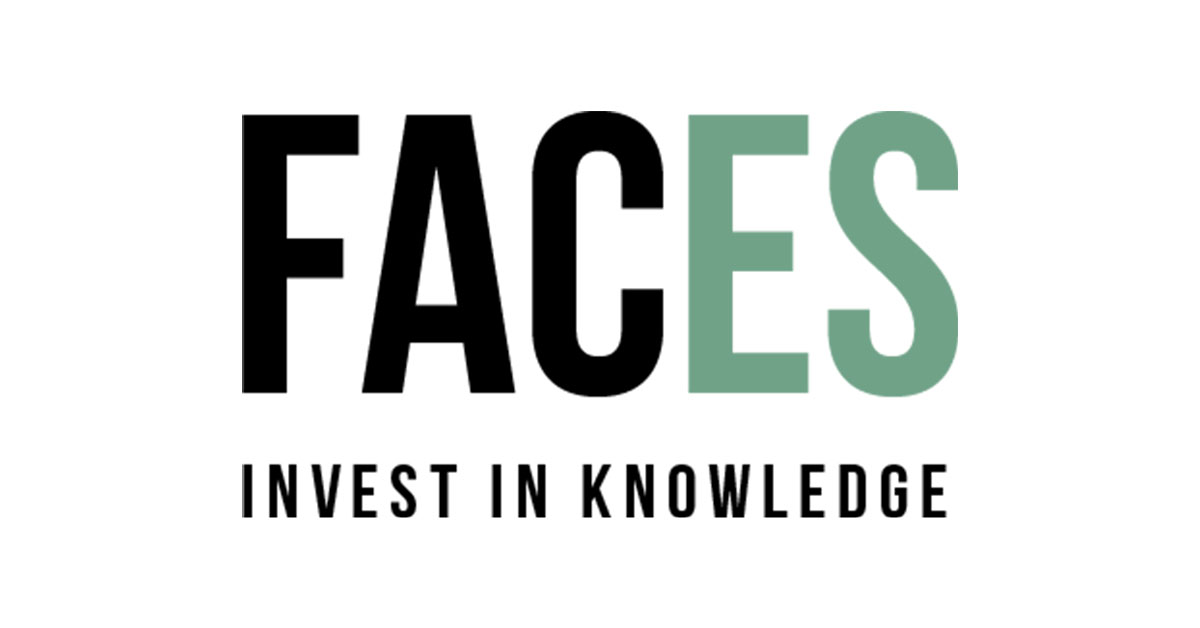For the Dutch version, click here. They are two companies you don't often think about, but they are essential to your daily life. Every time you


The world of finance has been in flux since the financial crisis of 2007-9. Many a commentator has suggested that at the root of the crisis was the failure of financial economics to keep up with the complexity and developments of the “real world.”
Some[1] believe that the solution lies in behavioral economics, and I feel that this view has its merits. However, a “fundamentalist” behavioral approach has been the next big thing for the past 30 years. Were the traditional approach entirely useless, perhaps we would have trashed it already. Further, a narrow behavioral focus gives the impression that the field is divided in two camps, rational and behavioral, incompatible with each another – which is simply false.
I will advocate a broader view: the best way to understand financial markets is to integrate the behavioral and rational approaches with insight from management theory into how firms work. I will give two examples from my own research to illustrate what I have in mind.
To begin with, behavioral biases do matter. Corporate executives take bad decisions for a variety of cognitive problems such as myopia, overconfidence, etc. But biases can also be addressed by the very organizations surrounding executives. For instance, tons of management research look at diversity (broadly defined) and corporate performance, and find that diversity is “good.”[2] In a recent working paper[3] with my PhD student Emanuele Rizzo and my colleague Oliver Spalt, we find that it is also associated with higher stock returns. Had you invested in 2002 in the subset of S&P500 stocks with the most diverse management teams, you would have by now realized a return over 80%.
Why is diversity so profitable? One possible reason is that firms run by diverse teams are just better managed. The interaction between managers with different backgrounds and views can average out biases – you notice that I’m overconfident and point out my bias, while I spot your myopia and compensate for it. Ultimately, this leads to better corporate decisions and stock performance. Thus, a rational market can assign higher returns to firms whose management team can keep biases under control.[4]
But what makes the market rational? One possibility is large institutional investors – which brings me to my second example. More and more, we are exposed to financial markets through delegated investment, e.g. by investing in mutual funds. Funds, in turn, are part of larger families, which allocate resources to them, such as fund managers and analysts. Resource allocation within large financial conglomerates plays a key role in providing funds with information and know-how that influence their investment decisions.
In a recent working paper with my PhD student Manxi Luo and my co-author David Schumacher from McGill University,[5] we are able to document this mechanism around mergers between global asset management companies, opening up the “black box” of these firms. We find that the portfolios of merging companies converge. If my Italian fund family used to invest in pizza and your Dutch family in beer, once we merge we figure out that pizza and beer is a good combination – so I start investing in beer, and you in pizza. It turns out, these new investments are very profitable, to the tune of a 2-4% excess returns p.a. – the merging firms’ best-performing positions. How do I learn about beer, and you about pizza? Perhaps unsurprisingly at this point in our discussion, information transfer has to do with people: fund managers. Our evidence suggests that firms shuffle key managers across different funds following the merger, transferring their information and investment know-how to where they create most value.
Thus: efficient allocation of people within financial conglomerates creates smarter investors (funds), which are able to identify the stocks of better-managed companies (for instance, with a diverse management team, able to reduce biases), and reap superior returns. Neat – and we would be blind to all this, if we didn’t integrate behavioral and traditional economics with a closer look into firms’ internal mechanisms.
Now, am I saying something outrageous here? I don’t think so. All this boils down to the idea that the traditional “finance” perspective is perhaps too narrow. A more holistic approach can be useful, and lead us to valuable insight into the interplay between people, firms, and markets.
[1] For instance, The Economist’s Buttonwood columnist (“What’s wrong with finance”, May 1st 2015, http://www.economist.com/blogs/buttonwood/2015/05/finance-and-economics).
[2] For a review, see Jackson, S. E., A. Joshi, and N. L. Erhardt, 2003, “Recent Research on Team and Organizational Diversity: SWOT Analysis and Implications,” Journal of Management 29, 801-830.
[3] Manconi, A., A. E. Rizzo, and O. G. Spalt, 2015, “Diversity Investing,” Working Paper, Tilburg University, available on SSRN (http://papers.ssrn.com/sol3/papers.cfm?abstract_id=2706550).
[4] In the spirit of full disclosure: an alternative is that the market just doesn’t realize the value of diversity. Our tests do not rule out this possibility; and distinguishing between the two interpretations is something we’re currently working on.
[5] Luo, M., A. Manconi, and D. Schumacher, 2015, “Are Investors for Sale? Evidence from Financial Mergers,” Working paper, Tilburg University and McGill University, available on SSRN (http://papers.ssrn.com/sol3/papers.cfm?abstract_id=2638658).






















